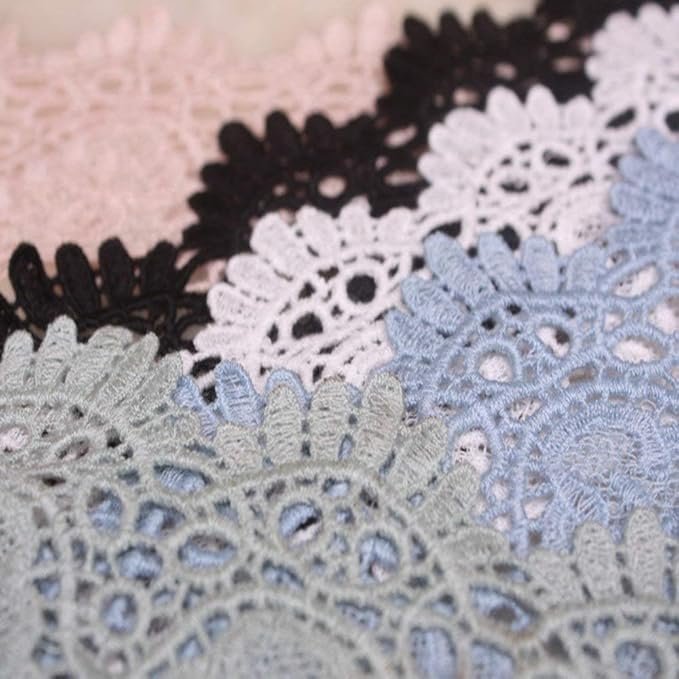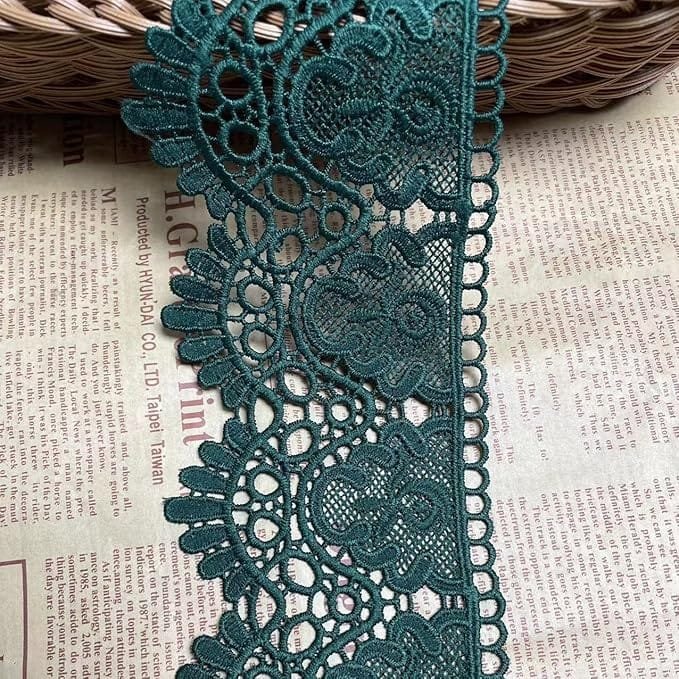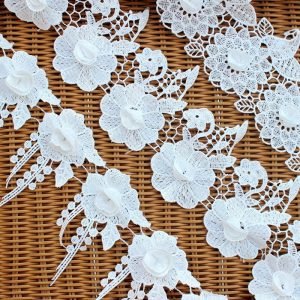Waterfall lace, known for its flowing, delicate patterns that evoke the beauty of cascading water, is a unique and enchanting style of lacework. This intricate technique has captivated artisans and lace enthusiasts for generations, combining craftsmanship with aesthetic elegance. In this article, we will explore the history, techniques, and modern applications of waterfall lace.
Origins of Waterfall Lace
Waterfall lace is a relatively recent development in the world of lace-making, with its roots in traditional lace techniques. The term "waterfall lace" typically refers to the effect created by specific stitch patterns that mimic the appearance of flowing water. While the exact origins are difficult to pinpoint, it draws inspiration from various lace-making traditions, such as bobbin lace and needle lace, both of which have a rich history in Europe.


Techniques of Waterfall Lace
Creating waterfall lace involves a combination of delicate stitches and an understanding of tension and flow. Here are some key techniques used in making waterfall lace:
Openwork Stitching: This technique creates airy patterns that enhance the "waterfall" effect. Openwork areas allow light to pass through, adding to the ethereal quality of the lace.
Curved Lines: The patterns in waterfall lace often feature flowing curves that mimic the movement of water. Artisans use techniques such as picots and loops to create these soft transitions.
Layering: Waterfall lace may involve layering different motifs to enhance the depth and complexity of the design. This layering creates a sense of movement, reminiscent of water cascading over rocks.
Color Variation: While traditional lace is often white or cream, modern waterfall lace may incorporate color gradients, further enhancing the visual impact and allowing for more artistic expression.


Applications of Waterfall Lace
Waterfall lace has found its place in various applications, both in fashion and home decor. Here are a few notable uses:
Fashion: Waterfall lace is popular in garments, particularly in dresses, blouses, and accessories. Its flowing nature adds a romantic and whimsical touch to fashion design.
Home Decor: This lace style is often used for curtains, table linens, and decorative pieces. The lightness of waterfall lace allows it to be used in layering, creating an inviting atmosphere in any space.
Artistry: Many contemporary artists incorporate waterfall lace techniques into their works, blending traditional lace-making with modern art forms. This fusion creates unique pieces that celebrate the beauty of craftsmanship.


The Revival of Lace-Making
In recent years, there has been a resurgence of interest in traditional crafts, including lace-making. Waterfall lace, with its intricate beauty and intricate techniques, has become a favorite among both new and experienced artisans. Workshops and online communities are fostering a new generation of lace-makers, encouraging the exploration of this timeless craft.
Conclusion
Waterfall lace is a beautiful and intricate art form that embodies the delicate interplay of thread and technique. Its origins in traditional lace-making, combined with modern interpretations, ensure that waterfall lace remains relevant and inspiring. As artisans continue to explore this enchanting craft, the legacy of waterfall lace will undoubtedly flow onward, captivating those who appreciate the beauty of handmade artistry.

